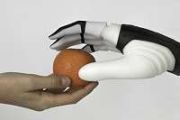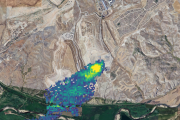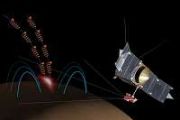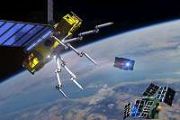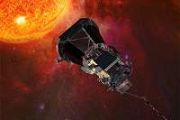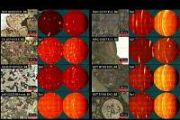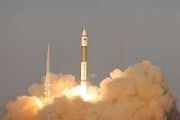
Copernical Team
Centennial of ex-astronaut, US Senator John Glenn marked
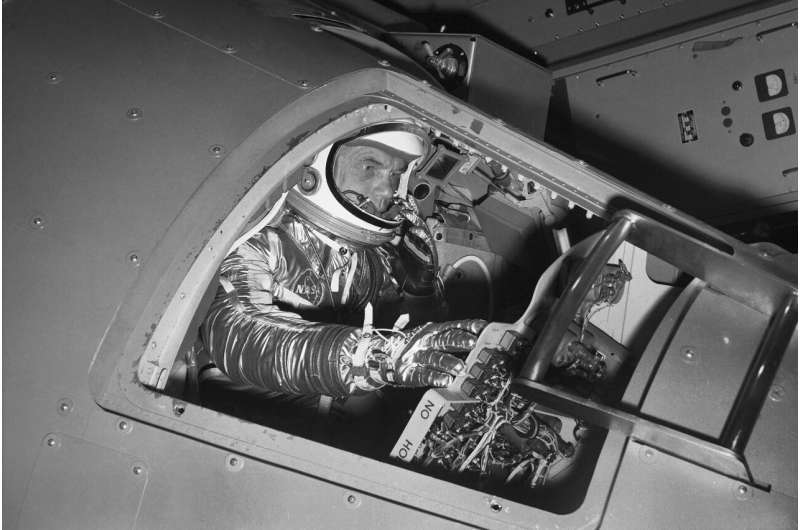
Who's who on Blue Origin's first crewed flight

Blue Origin's maiden crewed flight on Tuesday involves four people who will cross the Karman line, which separates Earth's atmosphere from space, for the very first time.
Here is a brief look at the quartet of soon-to-be astronauts.
The tycoon, Jeff Bezos
Jeff Bezos, 57, will leave behind the planet where he made his vast fortune for a few minutes on a spaceship built by the company he founded in 2000, when he was still merely a single-digit billionaire.
How can you become a space tourist?
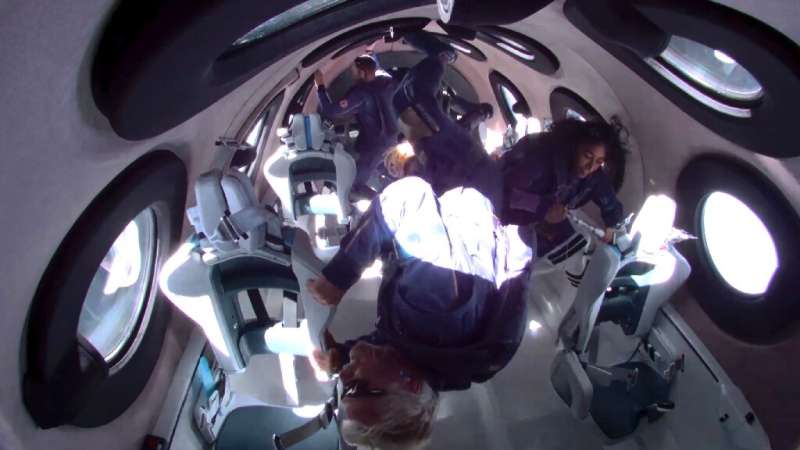
Thrill-seekers might soon be able to get their adrenaline kicks—and envy-inducing Instagram snaps—from the final frontier, as space tourism finally lifts off.
All you'll need is a bit of patience. And a lot of money.
Here's a rundown of where things stand.
Who's offering spaceflights?
Two companies are offering short "suborbital" hops of a few minutes: Jeff Bezos' Blue Origin and Virgin Galactic, founded by Richard Branson.
Blue Origin's New Shepard rocket takes off vertically and the crew capsule detaches and crosses the Karman line (62 miles, or 100 kilometers, in altitude), before falling back to Earth with three parachutes.
Virgin Galactic uses a massive carrier plane, which takes off from a horizontal runway then drops a rocket-powered spaceplane. This in turn soars to over 50 miles altitude before gliding back.
In both cases, up to six passengers are able to unbuckle from their seats to experience a few minutes of weightlessness and take in the view of Earth from space.
Earth's richest man Bezos to blast off into space

Jeff Bezos, the richest person in the world, is set to join the astronaut club Tuesday on the first crewed launch by Blue Origin, another key moment in a big month for the fledgling space tourism industry.
The mission comes days after Virgin Galactic founder Richard Branson crossed the final frontier, narrowly besting the Amazon magnate in their battle of the billionaires.
Blue Origin's sights are, however, set higher: both literally in terms of the altitude to which its reusable New Shepard craft will ascend compared to Virgin's spaceplane, but also in its future ambitions.
AstroAccess opens applications to disabled crew participants for space training on zero gravity flight
 This morning the SciAccess Initiative announced the launch of Mission: AstroAccess, a program bringing a diverse group of disabled people on a historic ZERO-G parabolic flight. Mission: AstroAccess' crew of disabled volunteers will participate in targeted tasks during the program's flight to help answer important questions about how disabled people can safely travel and work in space.
"Spa
This morning the SciAccess Initiative announced the launch of Mission: AstroAccess, a program bringing a diverse group of disabled people on a historic ZERO-G parabolic flight. Mission: AstroAccess' crew of disabled volunteers will participate in targeted tasks during the program's flight to help answer important questions about how disabled people can safely travel and work in space.
"Spa NASA returns Hubble Space Telescope to science operations
 NASA has returned the science instruments on the Hubble Space Telescope to operational status, and the collection of science data will now resume. This will be the first science data collected since the payload computer experienced a problem on June 13, which placed the instruments in a safe configuration and suspended science operations.
"Hubble is an icon, giving us incredible insight in
NASA has returned the science instruments on the Hubble Space Telescope to operational status, and the collection of science data will now resume. This will be the first science data collected since the payload computer experienced a problem on June 13, which placed the instruments in a safe configuration and suspended science operations.
"Hubble is an icon, giving us incredible insight in First measurement of isotopes in atmosphere of exoplanet
 An international team of astronomers have become the first in the world to detect isotopes in the atmosphere of an exoplanet. It concerns different forms of carbon in the gaseous giant planet TYC 8998-760-1 b at a distance of 300 light years in the constellation Musca (Fly).
The weak signal was measured with ESO's Very Large Telescope in Chile and seems to indicate that the planet is relat
An international team of astronomers have become the first in the world to detect isotopes in the atmosphere of an exoplanet. It concerns different forms of carbon in the gaseous giant planet TYC 8998-760-1 b at a distance of 300 light years in the constellation Musca (Fly).
The weak signal was measured with ESO's Very Large Telescope in Chile and seems to indicate that the planet is relat Billionaires in space: Jeff Bezos' Blue Origin touts rocket safety
 As Jeff Bezos prepares to become the second billionaire to blast into space on his own company's rocket next week, his Blue Origin is touting the safety of its rocket system.
The New Shepard suborbital rocket is scheduled for liftoff at 9 a.m. EDT Tuesday from the company's Corn Ranch launch site 160 miles east of El Paso, Texas - pending any weather or technical delays.
Blue Or
As Jeff Bezos prepares to become the second billionaire to blast into space on his own company's rocket next week, his Blue Origin is touting the safety of its rocket system.
The New Shepard suborbital rocket is scheduled for liftoff at 9 a.m. EDT Tuesday from the company's Corn Ranch launch site 160 miles east of El Paso, Texas - pending any weather or technical delays.
Blue Or Beyond Visible Noise: the 'sounds of space' on film
 Space scientists, spoken word artists and filmmakers teamed up to create a new short film, 'Beyond Visible Noise', that will launch at the National Astronomy Meeting on Tuesday 20 July. Dr Martin Archer of Imperial College London will describe how scientists and poets worked together to take the incredibly weak sound waves found in space and convert them to the audible content that features in t
Space scientists, spoken word artists and filmmakers teamed up to create a new short film, 'Beyond Visible Noise', that will launch at the National Astronomy Meeting on Tuesday 20 July. Dr Martin Archer of Imperial College London will describe how scientists and poets worked together to take the incredibly weak sound waves found in space and convert them to the audible content that features in t Suborbital aerospace plane makes maiden flight
 China carried out the maiden flight of the prototype of a reusable suborbital aerospace plane in North China's Inner Mongolia autonomous region on Friday, according to China Aerospace Science and Technology Corp, the country's major space contractor.
The unnamed prototype was lifted by a carrier rocket at the Jiuquan Satellite Launch Center and flew for a certain period of time before maki
China carried out the maiden flight of the prototype of a reusable suborbital aerospace plane in North China's Inner Mongolia autonomous region on Friday, according to China Aerospace Science and Technology Corp, the country's major space contractor.
The unnamed prototype was lifted by a carrier rocket at the Jiuquan Satellite Launch Center and flew for a certain period of time before maki 








